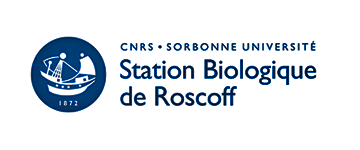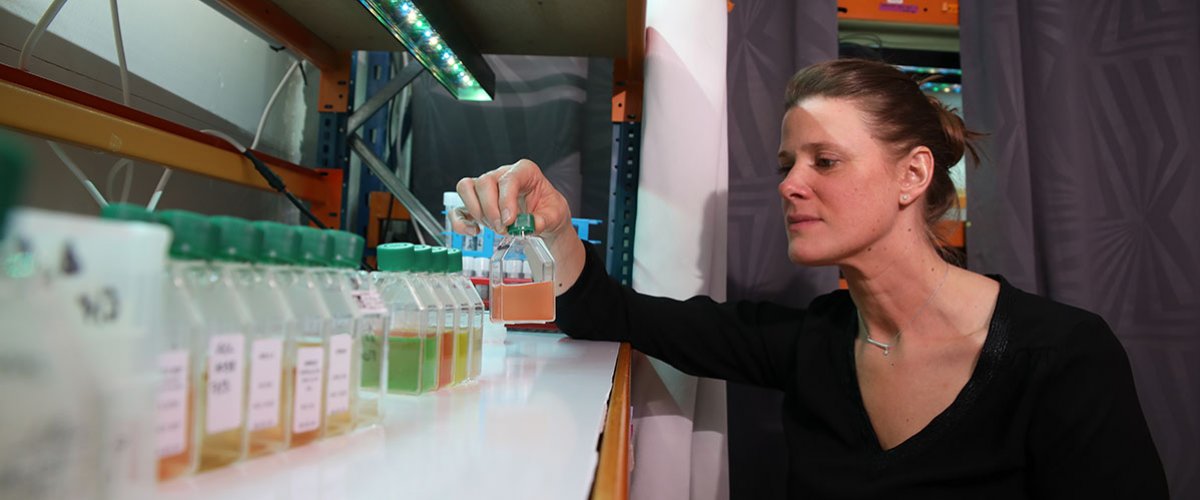Presentation
EFFICACY / Ecological Fitness of Light Color Acclimation in Marine Cyanobacteria: a Cross-Scale Analysis
The ongoing global change is predicted to have numerous consequences on ocean physico-chemical properties, and notably on ‘ocean color’, a signal used by modelers to assess chlorophyll a biomass at global scales.
For phytoplankton cells, changes in ocean color are perceived as a modification of their underwater light niches that can trigger competition between species potentially resulting in dramatic changes in community composition.
To tackle the question of the respective fitness of phytoplankton species to survive in environments with altered spectral properties, we will focus on the picocyanobacterium Synechococcus, the second most abundant phytoplanktonic organism of the ocean, and the most diversified one in terms of pigmentation, with seven distinct pigment types or subtypes identified to date. We recently showed that chromatic acclimaters (CA4), i.e. cells capable to change their pigment content to match the dominant light color (blue or green), were the most abundant Synechococcus pigment type in the ocean, with about equal abundances of two genetically different types, CA4-A and CA4-B, which exhibit very complementary ecological niches in the field.
During the ANR project EFFICACY, we will study the ecological importance and fitness advantage conferred by the CA4 process using a cross-scale approach.
We will: i) characterize the function of key genes of the CA4-B genomic island in order to unveil molecular differences between CA4-B and the well-characterized CA4-A process to better understand how and why natural selection has favored these two distinct forms of chromatic acclimation; ii) make competition experiments between CA4 cells and Synechococcus cells with fixed pigmentation, in order to determine which ones are best fitted in blue or green light and at different irradiances; iii) study the seasonal variations of the relative proportions of the different Synechococcus pigment types at two oceanographically distinct sites, the long-term time series stations BOUSSOLE (Mediterranean Sea) and ASTAN (English Channel), using a metagenomic approach, and iv) integrate data derived from the other tasks and previous work from the coordinating partner into a powerful global ocean model (Darwin) that will simulate the present global distribution of Synechococcus pigment types and its seasonal changes and predict the effect of global change on this population structure over the forthcoming decades.
By using cutting-edge technologies and a state-of-the-art ocean model to study the pigment diversity of an ecologically relevant microorganism at all scales of organization from the genes to the global ocean, including the temporal dimension, this ambitious interdisciplinary project should bring unprecedented insights into the field of environmental microbiology and pave the way to refined forecasting of the evolution of phytoplankton communities at large, in the context of global change.










